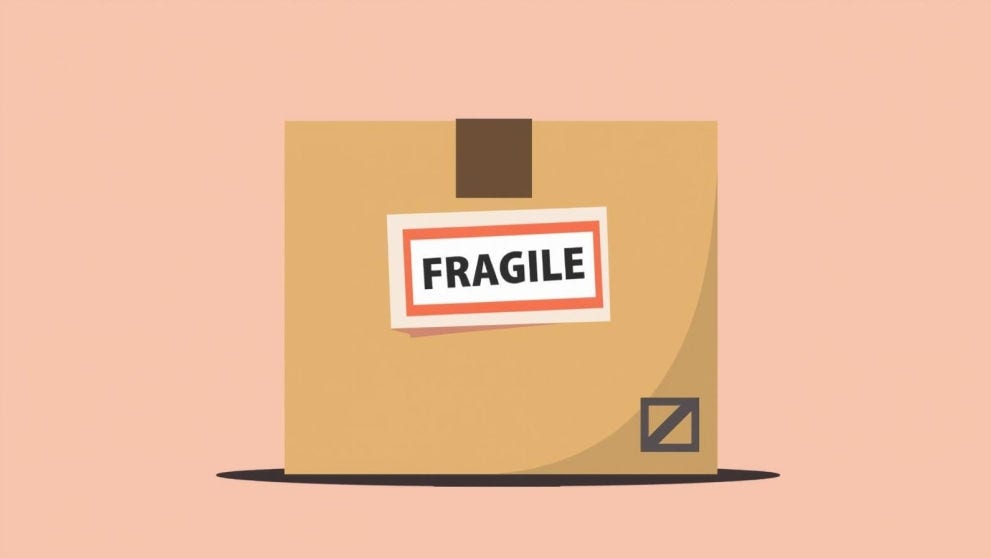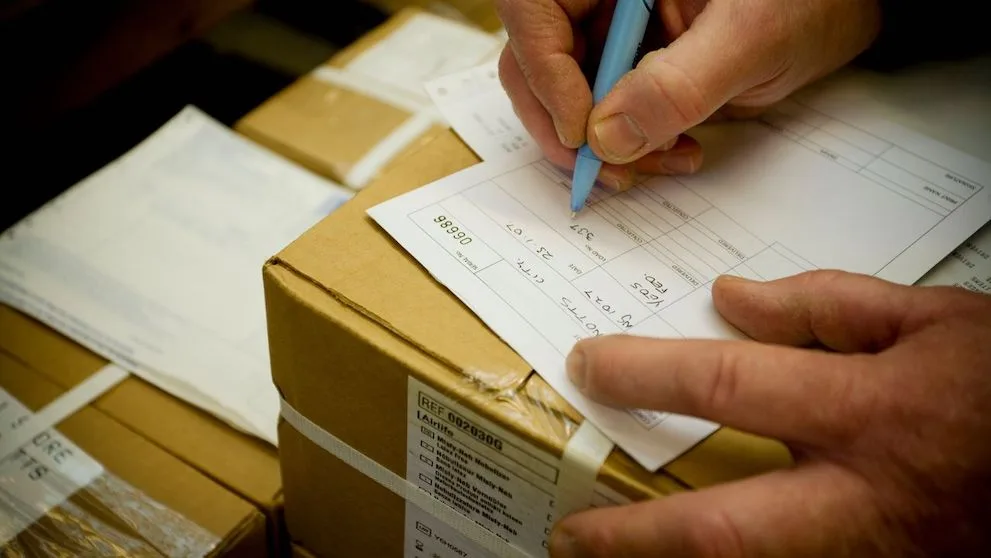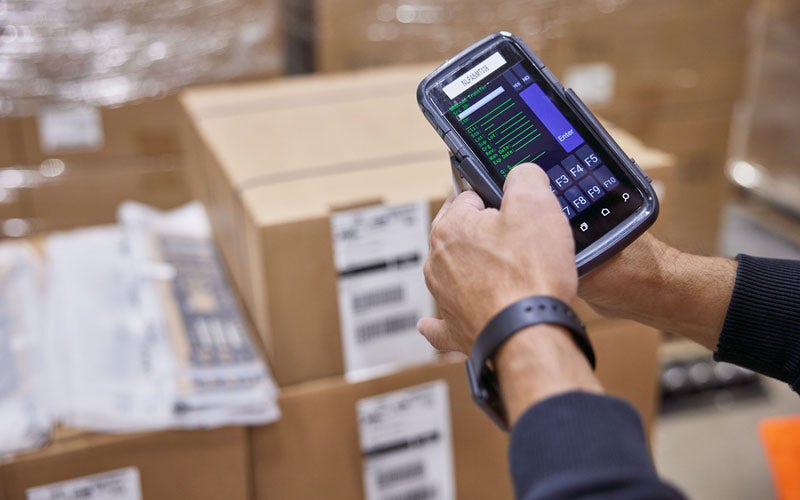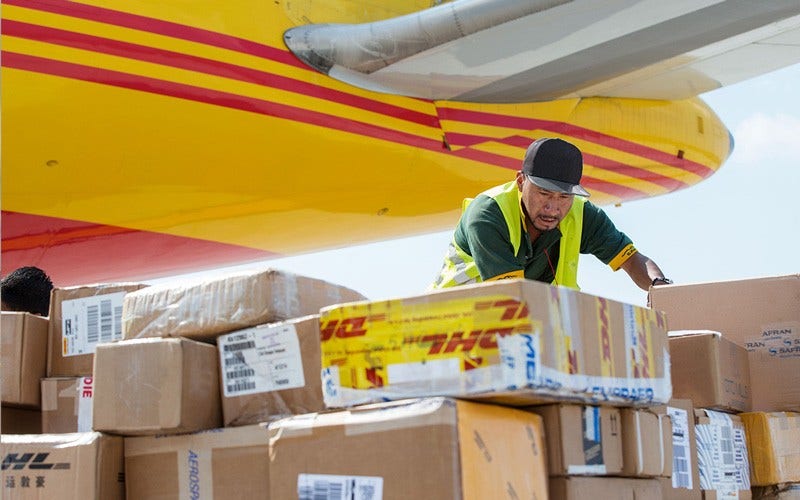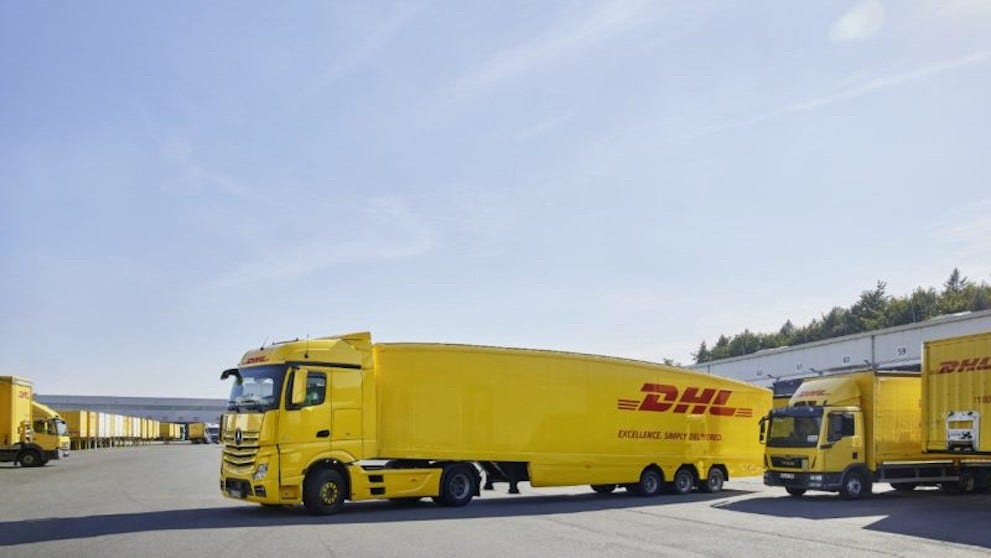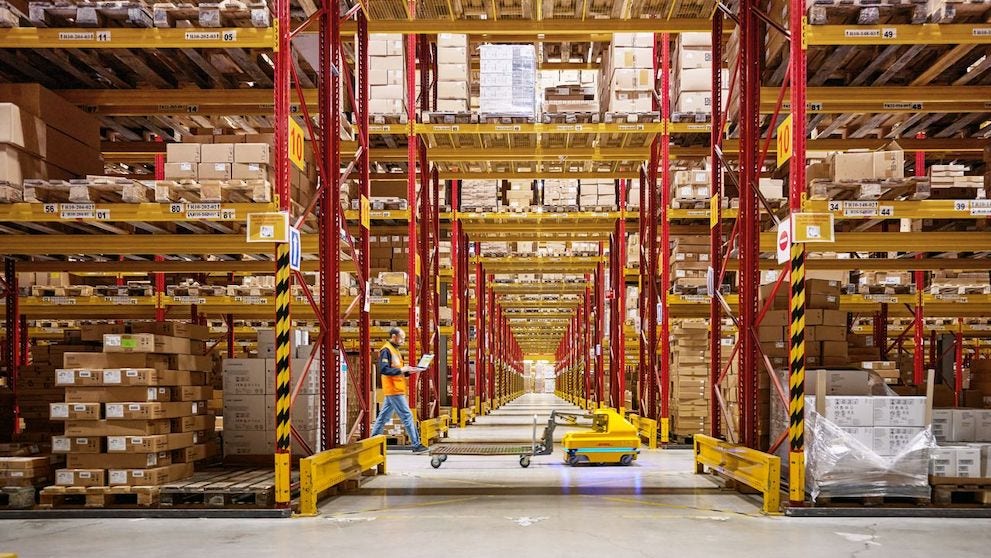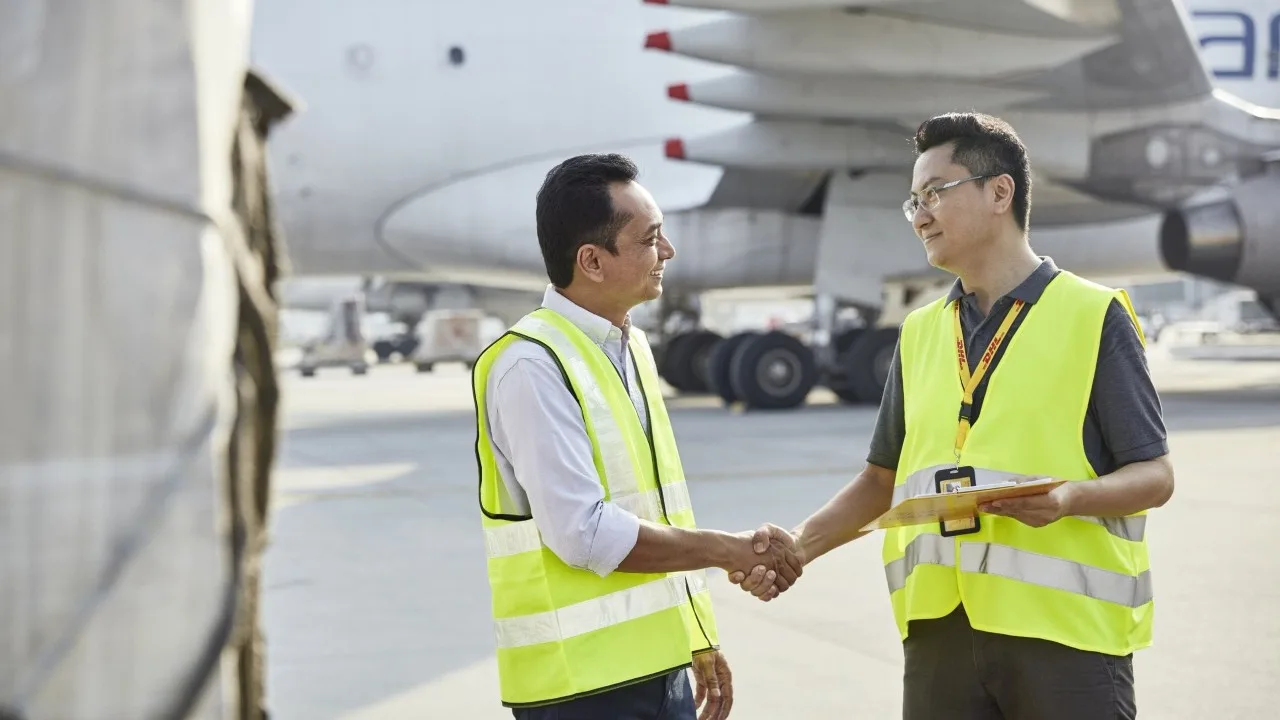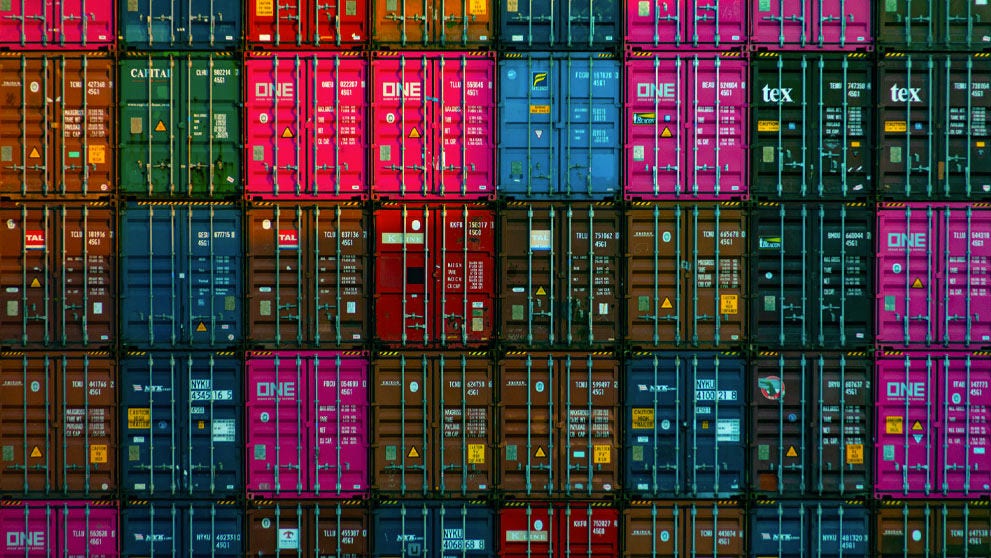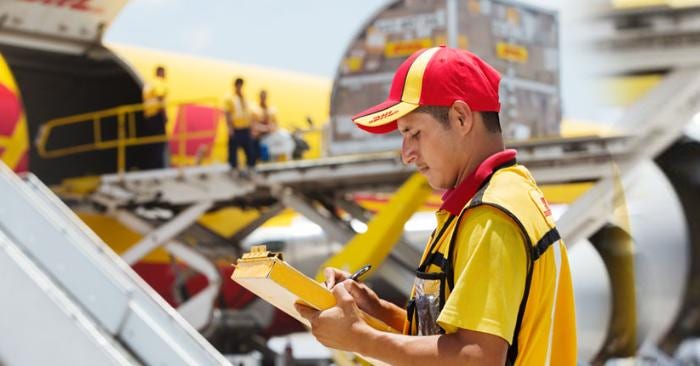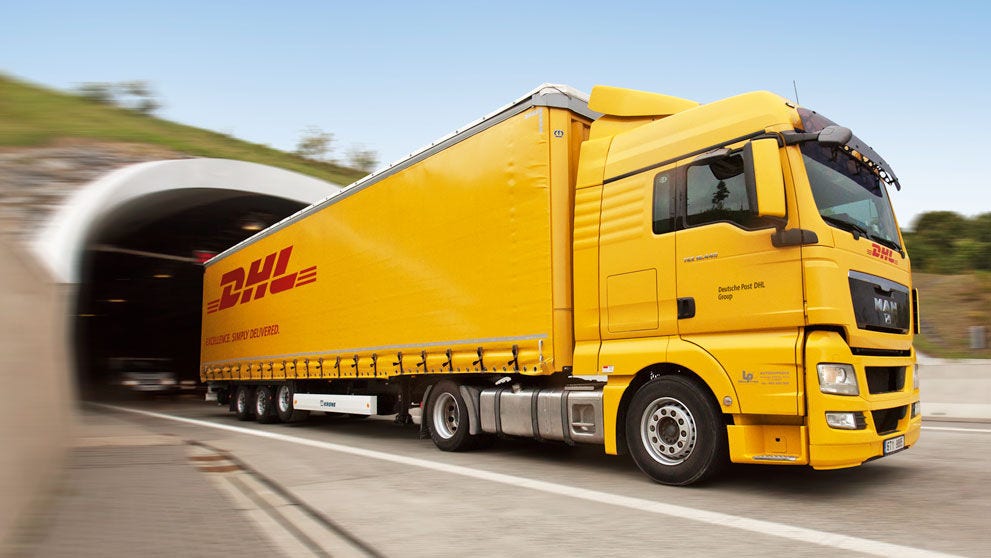
The Bill of Lading (BoL) is a cornerstone of international shipping. Fundamentally, it is a legal document issued by a carrier to a shipper that details the type, quantity, and destination of goods being transported.
As a global trade hub, Singapore has seen a steady rise in international trade activity. According to the Department of Statistics, Singapore’s merchandise trade increased by over 6.6% year-on-year in 20241, highlighting the growing need for efficient international shipping systems and reliable documentation.
In this guide, we’ll explore the meaning and three core functions of the BoL, its main types, how it compares to other critical documents, what the shift to electronic BoLs means for trade, and other helpful international shipping tips to ensure your shipments stay compliant, secure, and on track, no matter where in the world they’re headed.
The three core functions of a Bill of Lading
To grasp why the Bill of Lading (BoL) is so critical in global freight, it's important to understand its three main legal functions.
1. It's a receipt for goods
First and foremost, the BoL acts as a formal receipt. When a carrier receives cargo from a shipper, they issue a BoL as confirmation. This receipt includes a detailed description of the shipment, such as type, quantity, packaging, and condition.
If the cargo appears undamaged and properly packed, the carrier issues a "clean" BoL. If there are concerns (e.g., visible damage or incomplete packaging), a "claused" or "foul" BoL is issued, noting the irregularities. This distinction is important for any claims that may arise later in the shipping process.
2. It's a contract of carriage
The BoL is far more than a simple receipt. It also serves as a contract between the shipper and the carrier. This contract outlines the responsibilities and obligations of each party, including the agreed route, destination, handling requirements, and freight charges.
This legally binding agreement helps prevent disputes by ensuring that both parties agree on the terms of the shipment before the goods even leave the port.
3. It's a document of title
Arguably, the most powerful function of the Bill of Lading is its role as a document of title. In simple terms, this means the person or entity holding the original BoL has legal ownership of the goods while they are in transit.
This function is especially important in international trade because it allows the BoL to act like a transferable asset. Banks and financial institutions can use the BoL as collateral for trade financing, for example, by issuing a letter of credit or short-term loan to the seller based on the value of the goods being shipped.
Since the BoL represents ownership, a bank can hold it until the buyer pays, reducing risk for both parties.
What are the types of Bill of Lading?
Different types of Bills of Lading exist to accommodate various payment terms, delivery arrangements, and levels of security. Understanding these distinctions helps ensure that your documentation matches the needs of your shipment.
- Straight Bill of Lading: A non-negotiable document consigned to a specific recipient. Only the named party can take delivery of the goods.
- Use case: Ideal for prepaid shipments where ownership will not change during transit.
- Use case: Ideal for prepaid shipments where ownership will not change during transit.
- Order Bill of Lading: A negotiable document that allows transfer of ownership through endorsement. The goods can be claimed by whoever holds the endorsed BoL.
- Use case: Common in international trade and trade finance, where buyers, sellers, or banks may need to transfer ownership while the goods are in transit.
- Use case: Common in international trade and trade finance, where buyers, sellers, or banks may need to transfer ownership while the goods are in transit.
- Bearer Bill of Lading: A flexible but high-risk document that allows whoever holds the physical BoL to claim the goods. No endorsement is required.
- Use case: Used in specific trades that prioritize speed and flexibility over strict security protocols.
Each type of BoL carries different implications for control, security, and speed of cargo release. Choosing the right one is key to a smooth shipping experience.

The digital transition: Electronic Bill of Lading (e-BoL)
The logistics industry is undergoing a digital transformation, and the Bill of Lading is no exception. The electronic Bill of Lading (e-BoL) is the digital equivalent of the traditional paper BoL, designed to streamline global shipping operations.
Here’s how the e-BoL benefits modern freight management:
- Efficiency: e-BoLs can be transmitted instantly via secure platforms, eliminating courier delays and reducing paperwork turnaround times.
- Security: Digital systems minimize the risk of fraud, forgery, and physical document loss through encryption and access control.
- Cost Savings: By removing courier services and reducing administrative workload, businesses can save significantly on operational costs.
As more carriers and freight forwarders adopt electronic documentation, the e-BoL is becoming a must-have for companies.
BoL vs. other key documents: What’s the difference?
Seaway Bill vs. Bill of Lading
A Seaway Bill is a simplified version of the traditional Bill of Lading. Like the original BoL, it functions as a receipt and contract of carriage. However, it is not a document of title, meaning it cannot transfer ownership of goods.
Because of this, a Seaway Bill allows for quicker cargo release, ideal for trusted relationships where security isn’t a major concern.
Airway Bill (AWB) vs. Bill of Lading
An Airway Bill (AWB) is used for goods shipped via air. It shares some functions with the BoL, it’s a receipt and a contract of carriage, but it is always non-negotiable and not a document of title.
This means that while the AWB is simpler and faster for air freight, it doesn’t allow for the same ownership transfers or trade finance flexibility that a BoL provides.
Ensuring your shipments have the right paperwork
In international shipping, the Bill of Lading (BoL) remains an indispensable document, serving as a receipt, contract, and proof of ownership. Meanwhile, Airway Bills and Seaway Bills serve similar but more limited roles depending on the mode of transportation.
Having the right paperwork is only part of the equation. To ensure your shipments move swiftly, it’s just as important to work with a logistics provider that understands the complexities of global trade. That’s where DHL Express delivery in Singapore makes a difference with a worldwide network, decades of specialized experience, real-time parcel tracker services, and dedicated support.

